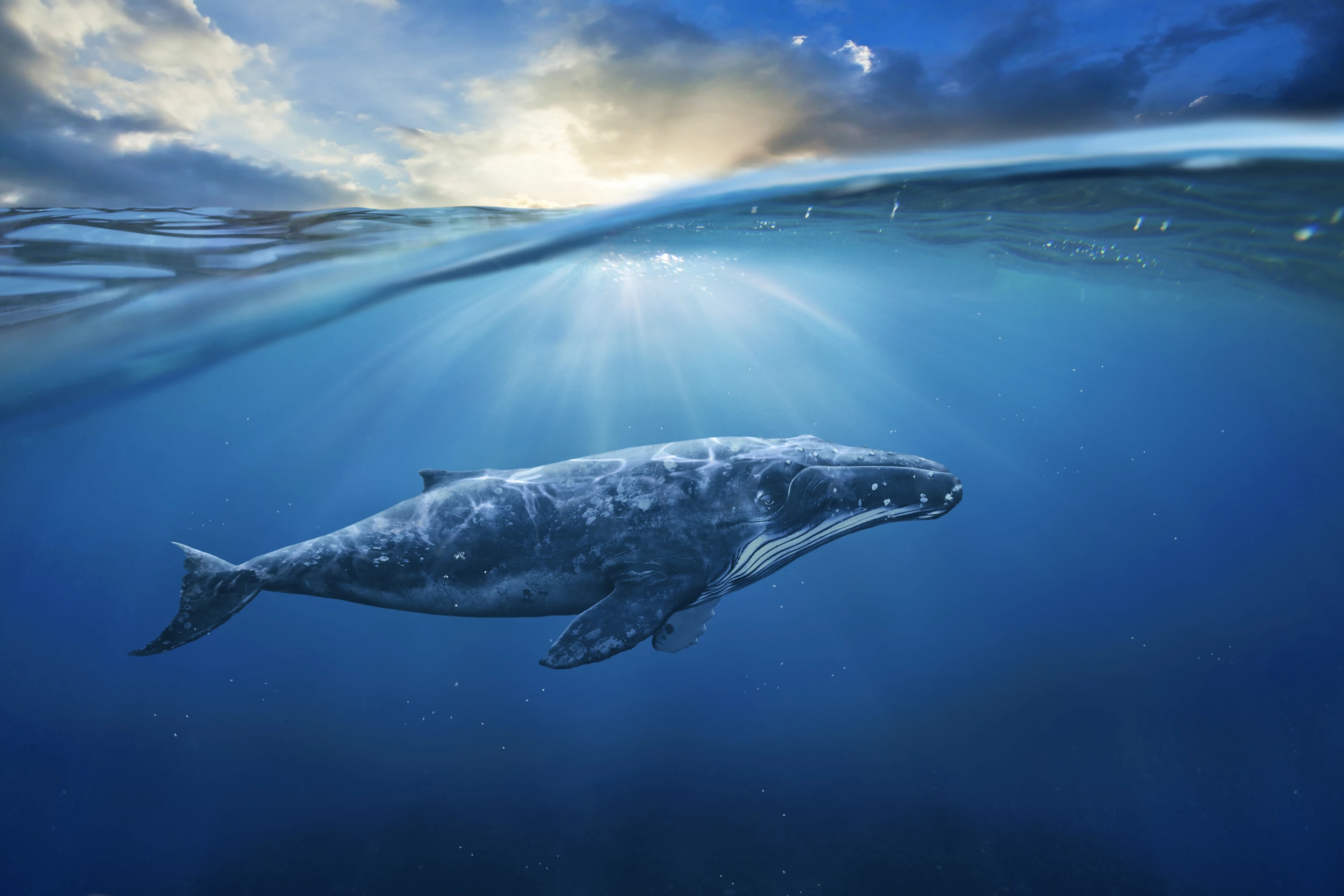A historic agreement in conservation has seen 193 nations come together for the first time to agree on a High Seas Treaty, which aims to place 30% of international waters into protected areas by 2030. This treaty is necessary for the success of the landmark Global Biodiversity Framework and is a breakthrough in negotiations that have been ongoing since 2004.
“Ladies and gentlemen, the ship has reached the shore,” announced Rena Lee, president of the Intergovernmental Conference on Marine Biodiversity of Areas Beyond National Jurisdiction (BBNJ), to a standing ovation at the United Nations (UN) headquarters in New York on Saturday, March 4.
The agreement came after a massive 38 hours of talks, which follows years of stalemates over disputes regarding fishing rights and funding. The treaty also looked set to unravel at times during the last two weeks of negotiations, with the main issue concerning the equitable sharing of marine genetic resources (MGR).
MGR from the likes of deep-sea sponges, seaweeds and bacteria are proving to be increasingly beneficial and lucrative areas of development in pharmaceuticals, industrial processes and food production. Poorer nations understandably had major concerns about access to these resources and their benefits, since much of the funding for exploration and the commercial interests in MGR stems from the richest countries.
In the newly proposed protected areas, nations agreed to limits on fishing, shipping routes and deep-sea activities such as mining, which would require new environmental assessment procedures. It's yet to be determined just how these protected areas will be managed, and how funding will be delivered.
"Currently, data provided by mining companies to the International Seabed Authority on the environmental impact caused by their deep-sea mining is very limited," said Elaine Baker, UNESCO Chair in Marine Sciences in the School of Geosciences at the University of Sydney, Australia. "We hope that the treaty will force change to increase transparency and help protect marine biodiversity in the deep ocean.”
However, it’s a historic moment for recognition of the international waters that sit beyond country borders and make up around two thirds of the oceans. The last agreement was signed more than 40 years ago, with the 1982 UN Convention on the Law of the Sea. That agreement defined the high seas, but until now just 1.2% of these waters have been in protected areas.
"The high seas have been subject to unregulated resource extraction, mostly fisheries, for many decades causing increasing impacts on migratory species such as whales," said Olaf Meyneck, manager of the Whales and Climate Research Program at Griffith University in Queensland, Australia. "As the world's oceans are under pressure from global change including pollution, fisheries and climate change, protecting at least 30% will help to reduce some of these impacts and secure marine biodiversity for coming generations.
According to the International Union for Conservation of Nature (IUCN), nearly 10% of marine species were found to be at risk of extinction, with a further 41% of threatened species affected by climate change. Maintaining and protecting biodiversity is pivotal to the planet’s survival.
This treaty promises to keep the Kunming-Montreal Global Biodiversity Framework on track, as it ambitiously commits to safeguarding 30% of biodiversity-rich land and water by 2030.
“What happens on the high seas will no longer be ‘out of sight, out of mind,’” said Jessica Battle, Senior Global Ocean Governance and Policy Expert, who led the World Wide Fund for Nature (WWF) team at the UN negotiations. “We can now look at the cumulative impacts on our ocean in a way that reflects the interconnected blue economy and the ecosystems that support it.”
The draft treaty will now be reviewed for technicalities and translated into the six official UN languages before another meeting to formally adopt it.
“Ocean advocates worldwide can savor this moment years in the making,” said Battle. “But this is not a finish line. For the treaty’s good intentions to deliver results on the water, we’ve got to keep the pressure up. Once technicalities are worked out and the treaty is adopted, it needs to enter into force so that it can be put to work – all countries must quickly formally sign and ratify it into their own national legislation. Words matter, but our ocean needs action.”
Source: United Nations





